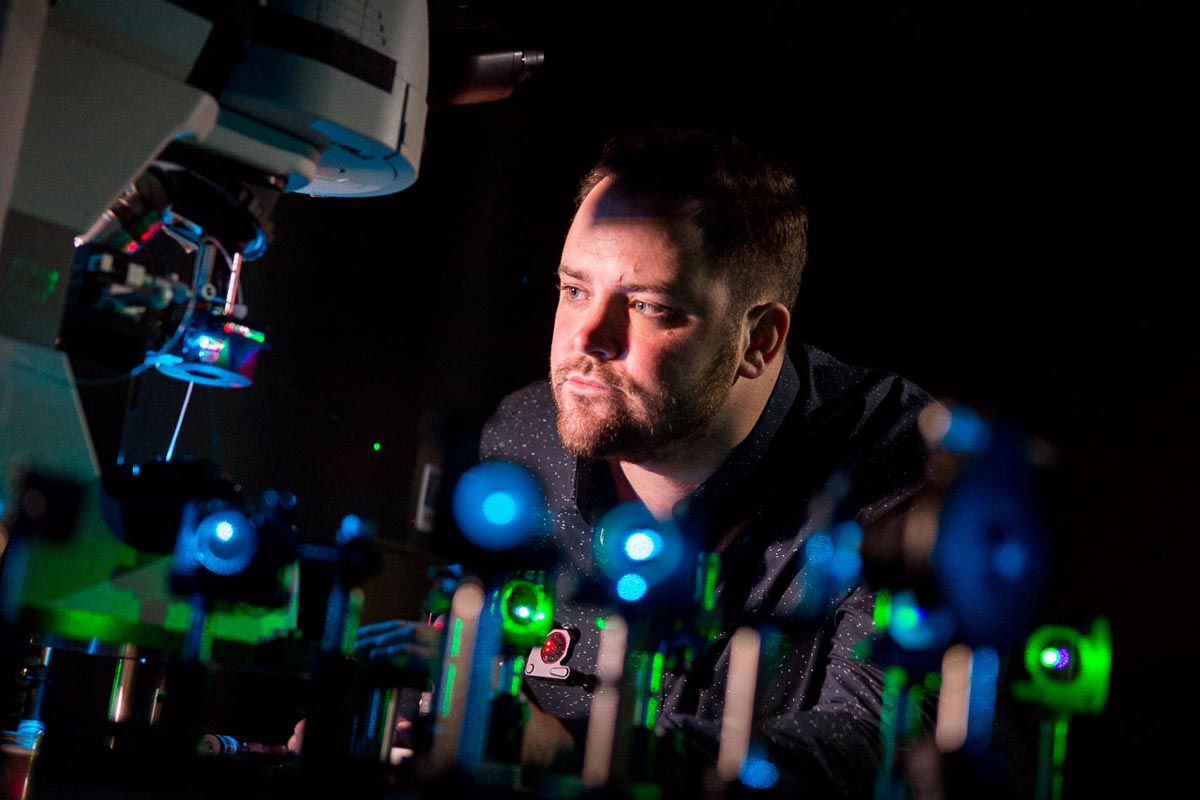The celestial dance of atoms, though immensely intricate, revolves around an enigmatic principle: what prevents these minuscule entities from amalgamating into a seamless whole? The answer is not merely a tale of repulsion and attraction; rather, it encapsulates intricate layers of quantum mechanics, electrostatic forces, and the very essence of physical law. The concept may seem obscure at first, yet a deeper exploration reveals a fascinating universe governed by invisible forces.
At the heart of atomic interactions lies the nucleus, a densely packed core comprised of protons and neutrons. Protons, being positively charged, repel one another due to the fundamental force of electromagnetism. This repulsive force is akin to unruly guests at a formal gathering; they maintain distance, vibrating with anticipation and trepidation. However, another interaction, the strong nuclear force, steps in to bind protons and neutrons together, allowing them to coexist within the nucleus. This dichotomy—rejection and attraction—catalyzes the complex behavior of atoms.
Once liberated from the embrace of the nucleus, an electron cloud envelops the nucleus, a reflection of quantum probabilities rather than fixed orbits. Electrons, which carry a negative charge, are not merely circling planets but rather probabilistic waves shaped by the wave-particle duality. The uncertainty principle, a cornerstone of quantum mechanics articulated by Werner Heisenberg, asserts that one cannot precisely know both the position and momentum of an electron simultaneously. Hence, electrons exist in a state of potentiality, occupying different energy levels that dictate their behavior and interactions with other atoms.
As atoms approach one another, their electron clouds overlap. At first glance, this might suggest an imminent fusion, yet the laws of quantum mechanics thwart such interactions. The Pauli Exclusion Principle stipulates that no two fermions (which include electrons) can occupy the same quantum state simultaneously. This leads to a myriad of exciting consequences, where electron orbitals—the likely regions where electrons reside—generate a repulsive force as atoms close in. Imagine two lovers attempting an embrace, only to find their individual space too constricting; they dance around one another instead, never fully merging.
As atoms grow closer, the potential energy landscapes shift dramatically. When brought within a certain proximity, their electron clouds induce strong repulsive forces, culminating in an effective barrier. This phenomenon is reminiscent of a tightly packed garden; each plant exists within its own space, yet as they grow, their roots and leaves resist encroachment, maintaining a delicate balance between growth and defense.
The interaction of atoms is also influenced by ionic and covalent bonding—two mechanisms that exemplify different facets of atomic attraction. Ionic bonds arise from the transfer of electrons between atoms, leading to the formation of charged ions. Oppositely charged ions experience a profound attraction; however, this does not equate to physical contact. Picture two magnets drawn together by their polar opposites, yet incapable of merging into one. In contrast, covalent bonding implies the sharing of electrons, creating a bond where both atoms gain stability. Yet again, the atoms maintain their individuality through a shared but distinct electronic pathway.
The atomic “touch” resembles an intricate pas de deux, wherein each dancer adheres to the choreography dictated by physical laws. Quantum tunneling occasionally allows particles to surmount barriers, yet this phenomenon is probabilistic, a fleeting and rare occurrence rather than a rule governing atomic interactions. The field of quantum mechanics is peppered with such unexpected surprises, each contributing to our understanding of atomic behavior.
A further layer of complexity can be attributed to electromagnetic forces that govern the interactions between charged particles. Just as gravity orchestrates the grand ballet of celestial bodies in the cosmos, electromagnetic forces choreograph interactions at the atomic scale. The interplay of attraction and repulsion intricately shapes molecular structures and dictates the behavior of matter.
Moreover, the advent of theories such as string theory allows us to ponder even deeper inquiries regarding the fabric of the universe. String theory proposes that fundamental particles are not point-like but rather one-dimensional strings vibrating at different frequencies. This abstraction hints at a reality that transcends traditional understanding; the implications of such theories suggest a universe where atomic interactions might diverge from classical predictions, possibly redefining our comprehension of atomic “touch.”
Ultimately, what prevents atoms from touching is not merely a function of repulsion, but rather a rich tapestry of physical laws interwoven with quantum uncertainty. As atoms engage in their dance—subscription to the strong and weak nuclear forces, the delicate art of electron negotiation, and the enigmatic properties of subatomic particles—they create the intricate structures that constitute the world around us.
Through the lens of scientific inquiry, the universe reveals itself as a grand mosaic composed of unique atomic interactions. Just as a tapestry boasts countless threads intertwining to create a cohesive image, atomic relationships forge the foundation of matter. Ultimately, the question of “What stops atoms from touching?” divulges a narrative replete with complexity—each layer elucidates the vibrancy of existence, highlighting the intricate lawfulness governing the cosmos, from the elemental building blocks of matter to the vast Universe.












